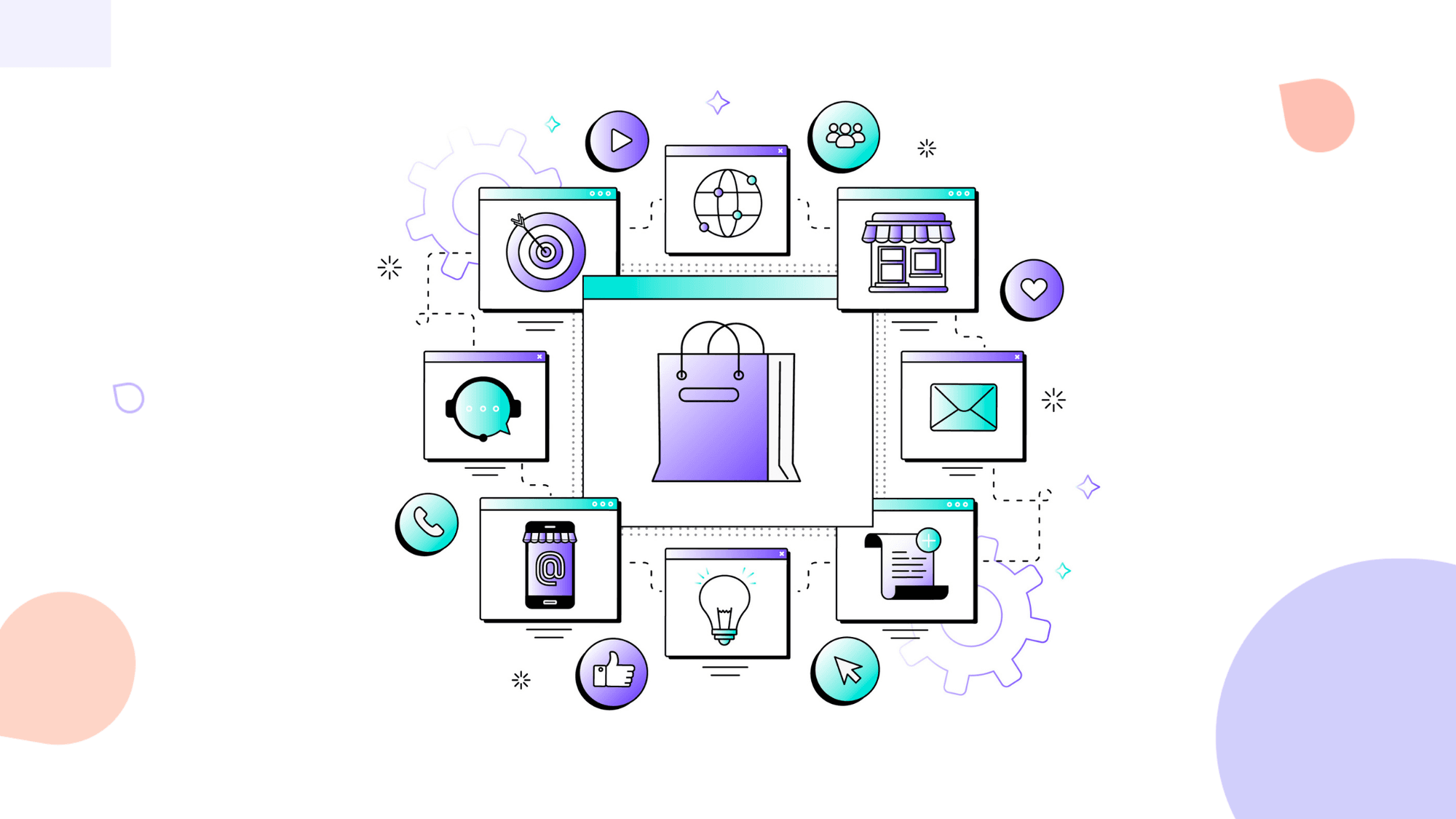
Effective omni-channel integration relies on a range of technological tools and solutions to Seamless Business Connectivity various sales and distribution channels. Key components include:
Enterprise Resource Planning (ERP) Systems
These centralize and manage core business functions, including inventory, finance, and customer data, allowing for real-time synchronization across channels.
Customer Relationship Management (CRM) Software
CRM systems store customer data, enabling businesses to provide personalized experiences and targeted marketing across channels.
Point of Sale (POS) Systems
These systems facilitate in-store transactions and connect with online systems to maintain inventory accuracy and customer profiles.
E-commerce Platforms
Robust e-commerce platforms provide online shopping capabilities and integrate with other systems, such as inventory management and CRM.
Order Management Systems (OMS)
OMS coordinates order processing and fulfillment, ensuring a consistent order experience across channels.
Inventory Management Software
Real-time inventory visibility and management tools help prevent overstock or stockouts and offer accurate product availability information to customers.
Content Management Systems (CMS)
CMS enables consistent content and product information management across websites, mobile apps, and other online channels.
Data Analytics and Business Intelligence Tools
These tools provide insights into customer behavior and preferences, aiding in decision-making and personalized marketing.
Supply Chain Management Software
These systems optimize supply chain operations, from procurement to distribution, to support efficient order fulfillment.
APIs and Middleware
Application Programming Interfaces (APIs) and middleware connect different software and systems, allowing data to flow between them seamlessly.
Mobile Apps and Responsive Design
Mobile applications and responsive web design ensure a consistent and user-friendly experience across various devices.
Unified Communication and Collaboration Tools
These tools facilitate internal communication and collaboration, enabling teams to work together effectively to deliver an omni-channel experience.
IoT (Internet of Things) Devices
IoT devices can provide real-time data on products and customer behavior, enhancing the customer experience and inventory management.
Cloud-Based Solutions
Cloud technology offers scalability, accessibility, and flexibility, making it easier to adapt to changing customer demands and technology trends.
Artificial Intelligence (AI) and Machine Learning (ML)
AI and ML technologies help with personalized recommendations, chatbots, and predictive analytics to better serve customers.
conclusion
Effective omni-channel integration relies on the Seamless Business Connectivity interaction of these technological tools and solutions. The key is ensuring that data flows cohesively across all channels to provide a unified customer experience.


